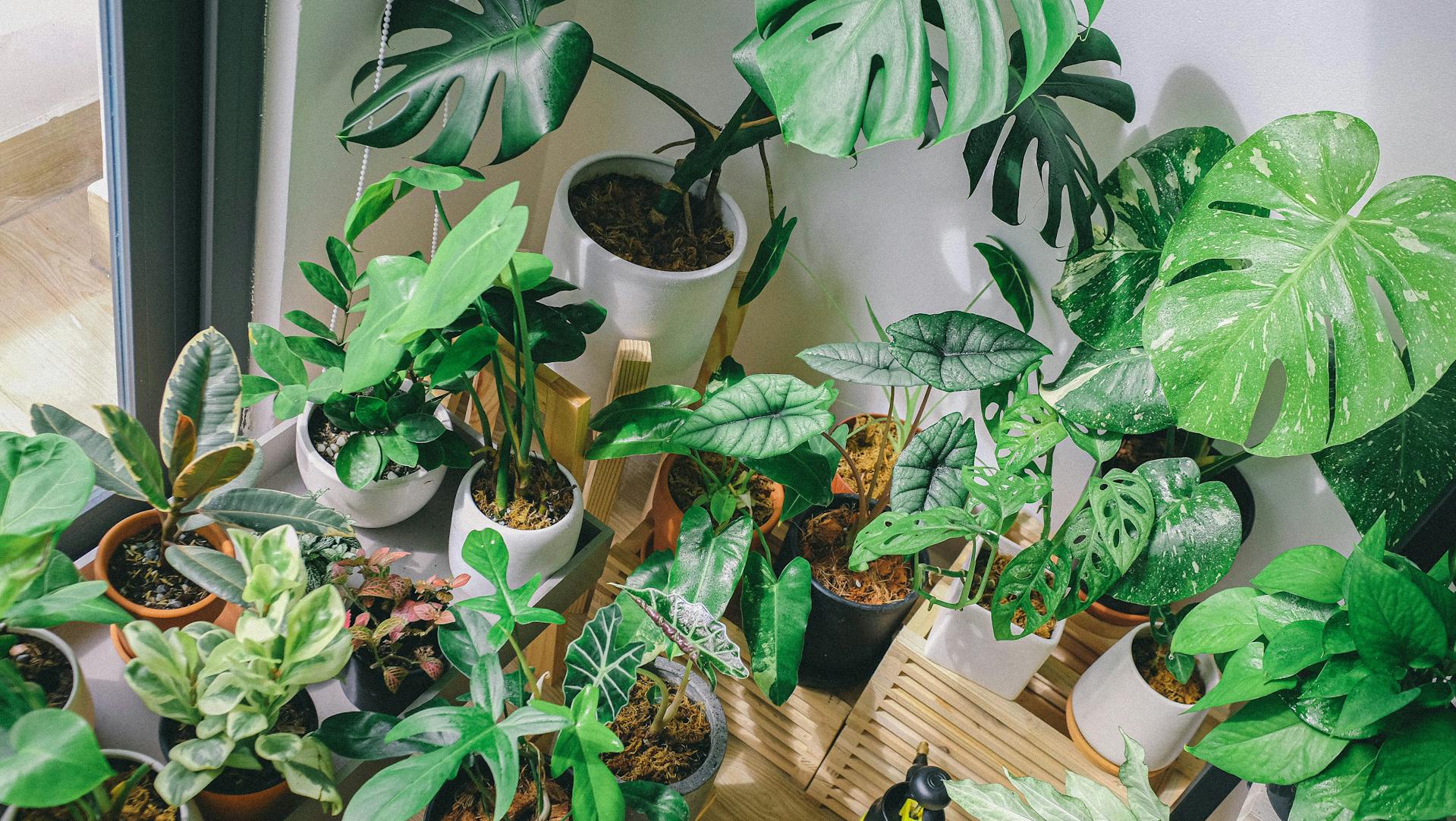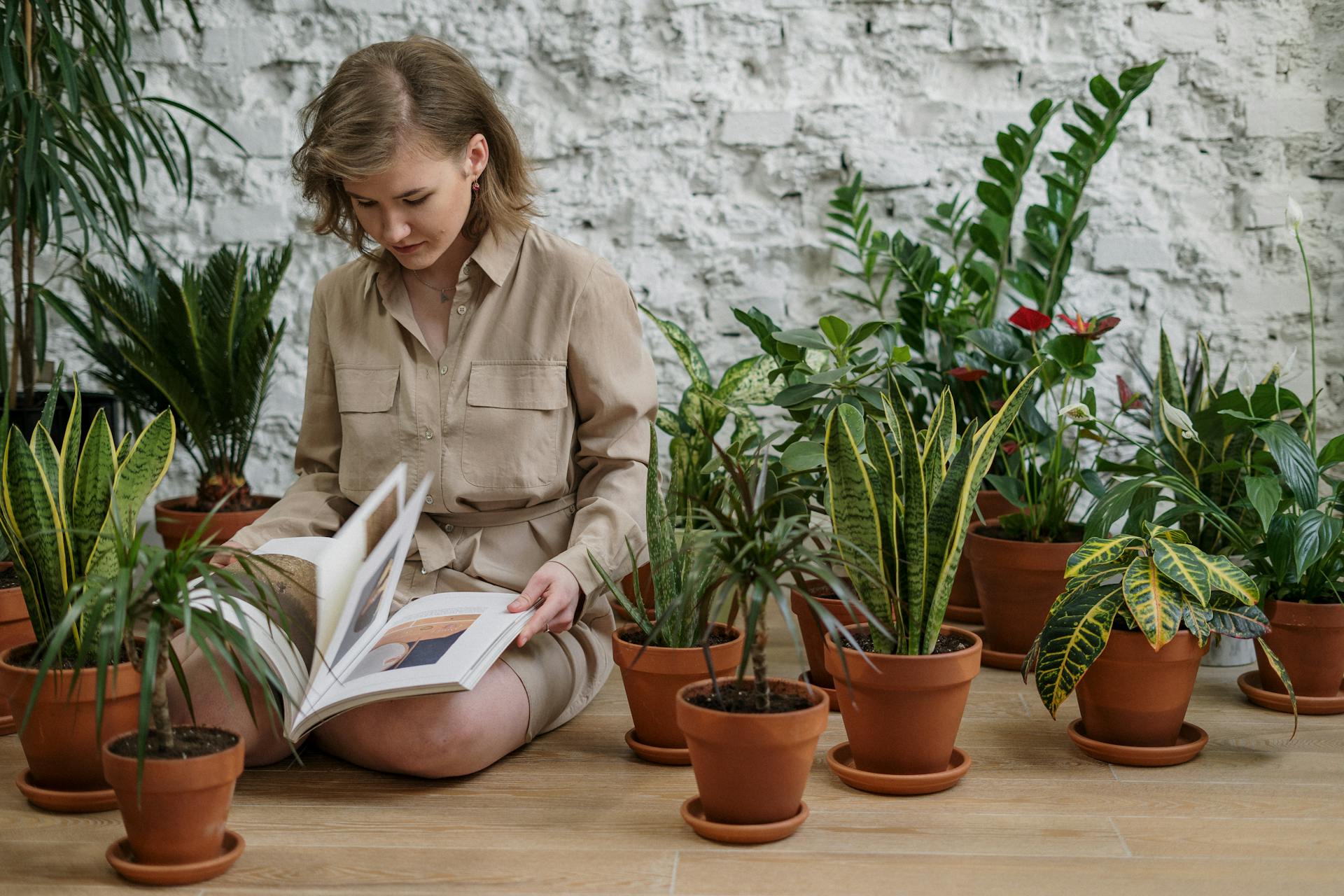Indoor plants are more than just decorative elements; they are natural air purifiers that can significantly enhance the quality of the air in your home or office. With increasing concerns about indoor air pollution, incorporating plants into your living space is a simple and effective way to breathe cleaner air. We’ll explore the best indoor plants for improving air quality, their benefits, and how to care for them. Whether you’re a seasoned plant enthusiast or a beginner, this guide will help you choose the perfect greenery for your indoor space.
Indoor air pollution is a growing concern, with common household items like cleaning products, furniture, and even carpets releasing volatile organic compounds (VOCs) into the air. These pollutants can lead to health issues such as headaches, allergies, and respiratory problems. Fortunately, indoor plants can help mitigate these effects.
Plants improve air quality through a process called photosynthesis, where they absorb carbon dioxide and release oxygen. Additionally, certain plants can filter out harmful toxins like benzene, formaldehyde, and trichloroethylene. NASA’s Clean Air Study famously highlighted the air-purifying abilities of indoor plants, making them a must-have for any home or office.

Here are some of the best indoor plants for improving air quality, along with their unique benefits and care tips:
The Snake Plant, also known as Mother-in-Law’s Tongue, is a hardy and low-maintenance plant that thrives in almost any condition. It’s particularly effective at filtering out formaldehyde, which is commonly found in cleaning products and toilet paper.
The Peace Lily is a beautiful plant with glossy green leaves and white flowers. It’s excellent at removing toxins like benzene, ammonia, and acetone from the air.
The Spider Plant is a popular choice for beginners due to its resilience and air-purifying capabilities. It’s particularly effective at removing carbon monoxide and xylene from the air.
The Rubber Plant is a striking addition to any indoor space, with its large, dark green leaves. It’s highly effective at removing formaldehyde from the air.
The Boston Fern is a classic indoor plant known for its lush, feathery fronds. It’s particularly good at removing formaldehyde and xylene from the air.
Aloe Vera is not just a medicinal plant; it’s also a great air purifier. It’s particularly effective at removing formaldehyde and benzene, which are found in varnishes and detergents.
Also known as Golden Pothos, Devil’s Ivy is a fast-growing vine that’s excellent at removing toxins like benzene, formaldehyde, and xylene.

While indoor plants are natural air purifiers, there are a few things you can do to maximise their effectiveness:

Even the most resilient plants can struggle if not cared for properly. Here are some common mistakes to avoid:
At Garden Nursery Products, we’re passionate about helping you create a thriving indoor garden. Located in the heart of the Gold Coast, we offer a wide range of garden supplies, fertilisers, and commercial landscaping products. Whether you’re looking for pesticides to protect your plants or landscaping materials to transform your outdoor space, we’ve got you covered.
Our knowledgeable staff are always on hand to provide expert advice and help you choose the right products for your needs. Visit us today and discover why we’re the go-to destination for all your gardening needs on the Gold Coast.